Gorgonian Coral Care Guide – Care, Feeding & Lighting Tips
Introduction
Gorgonian Corals, often called Sea Fans or Sea Whips, are some of the most visually striking corals in reef aquariums. With their tree-like branching forms and swaying polyps, they add both vertical structure and graceful motion to tanks. Their care requirements, however, vary depending on whether they are photosynthetic or non-photosynthetic, making it important to identify the species before purchase.
Scientific Name & Identification
Gorgonians belong to several families within the subclass Octocorallia, including Gorgoniidae, Plexauridae, and others. They are distinguished by their branching skeletons, which may form fans, whips, or bushy colonies. Colors range widely, with purple, red, orange, tan, and yellow being common. Polyps extend along their branches, filtering food particles from the water column.
Natural Habitat
Gorgonians inhabit tropical and subtropical oceans worldwide. They are especially prominent in the Caribbean, where large sea fans dominate reef landscapes. In the Indo-Pacific, gorgonians are found encrusting rockwork and rubble in high-flow environments.
Aquarium Care & Setup
To successfully maintain gorgonians in the aquarium:
• Temperature: 72–80°F (22–27°C)
• pH: 8.1–8.4
• Salinity: 1.024–1.026
• Lighting: Moderate to high for photosynthetic species; dimmer conditions for non-photosynthetic species
• Flow: Strong, turbulent flow is critical for preventing algae buildup on branches and supporting feeding
• Placement: Securely mounted upright on rockwork or rubble
Feeding
Feeding depends heavily on species:
-
Photosynthetic Gorgonians: Contain zooxanthellae and derive most energy from light, but benefit from occasional phytoplankton.
-
Non-Photosynthetic Gorgonians: Lack zooxanthellae and require frequent feedings of fine particulate foods such as phytoplankton, marine snow, or specialized coral diets.
Growth and Behavior
Gorgonians grow by extending their branches, forming upright structures that can resemble fans, bushes, or whips. Their polyps extend fully under proper flow, creating a fuzzy appearance. They are peaceful but delicate—algae growth on their skeleton can smother polyps if flow is insufficient.
Tankmates
Compatible with peaceful reef fish and invertebrates, gorgonians pair well with other soft corals, LPS, and SPS. Avoid fish that nip at polyps, such as large angelfish and butterflyfish.
Conclusion
Gorgonian Corals add elegance, movement, and height to reef aquariums. With proper care, photosynthetic varieties are excellent for intermediate reef keepers, while non-photosynthetic species offer a rewarding challenge for advanced aquarists. Choosing the right type and providing strong flow are the keys to success with these fascinating corals.
Shop Gorgonian Corals


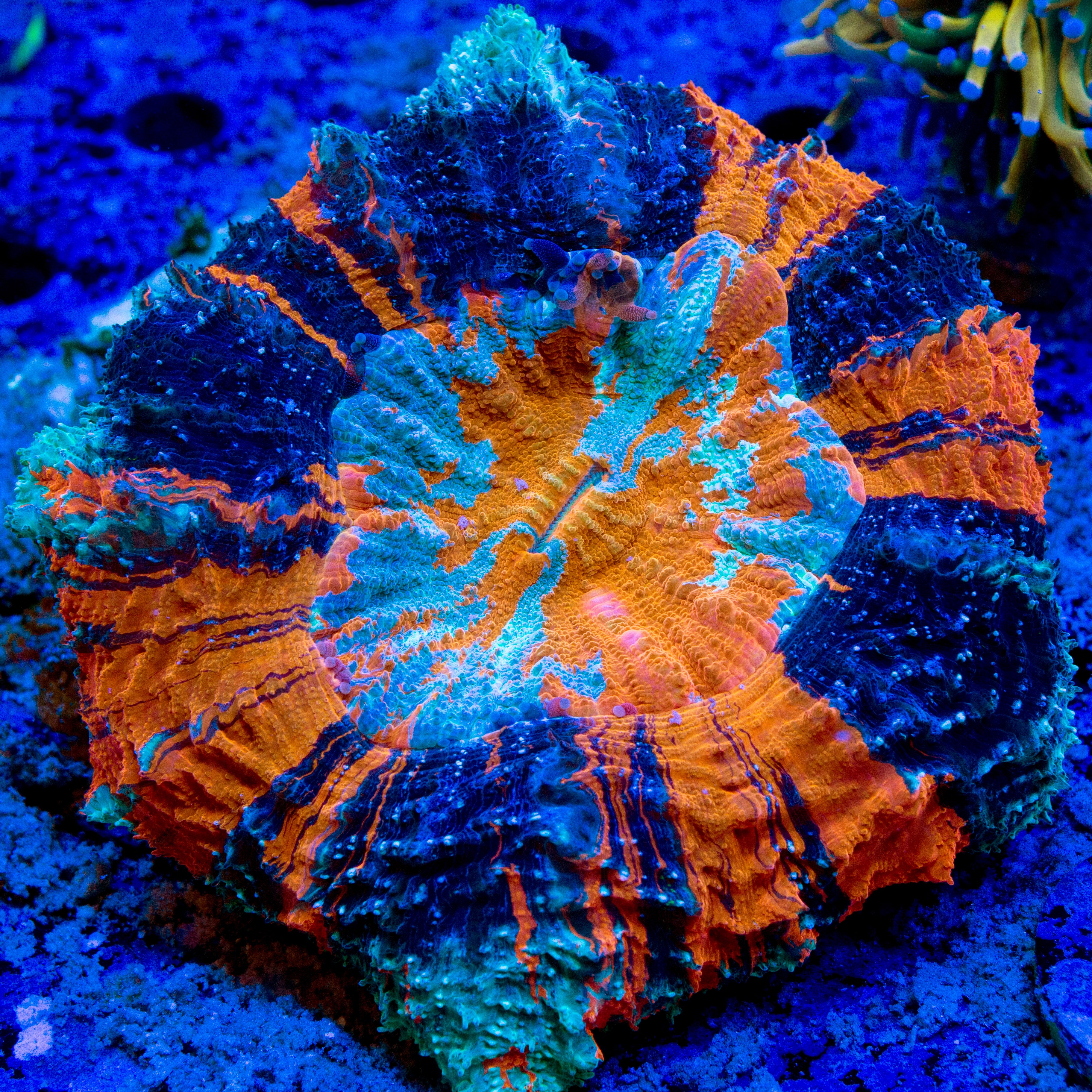
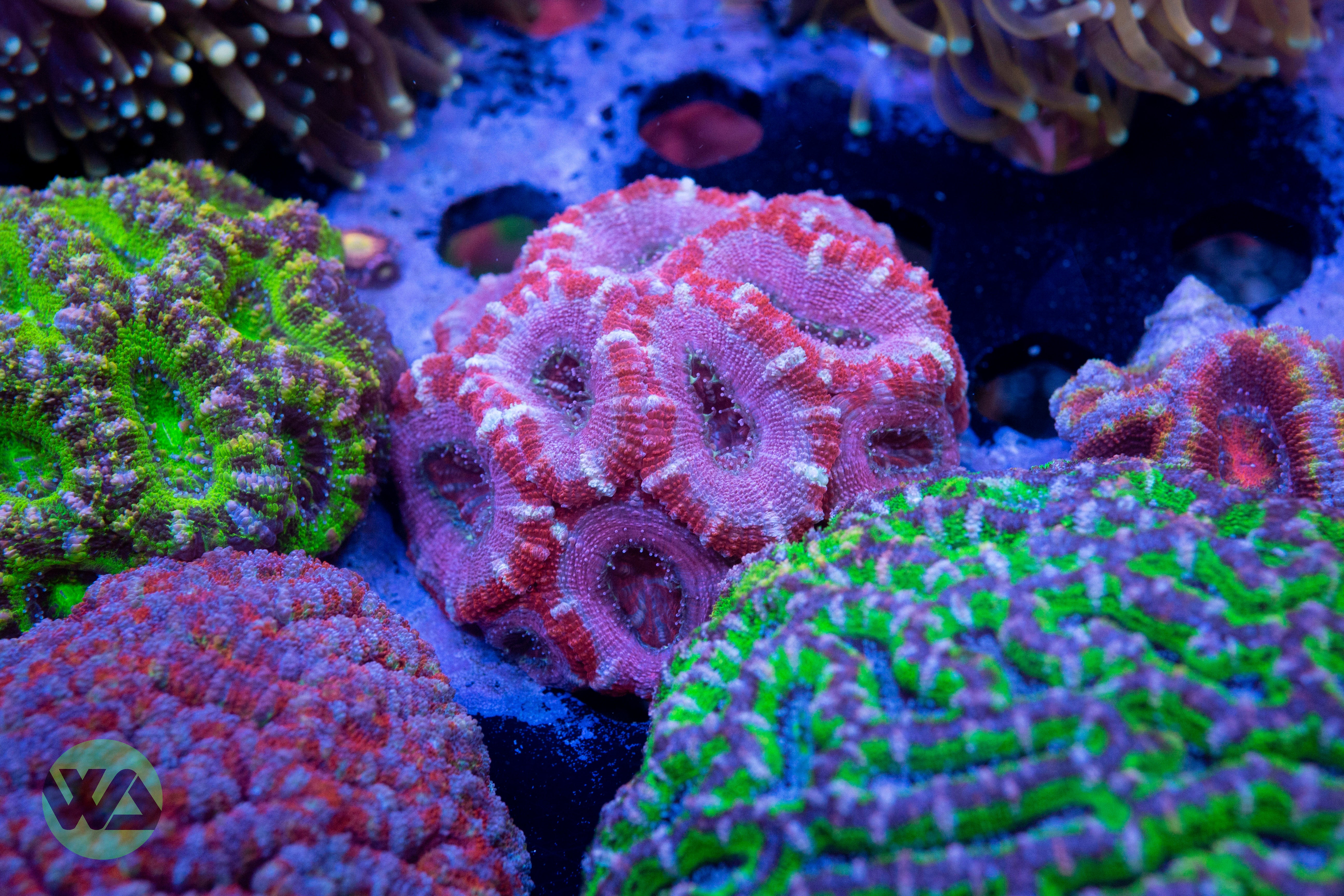
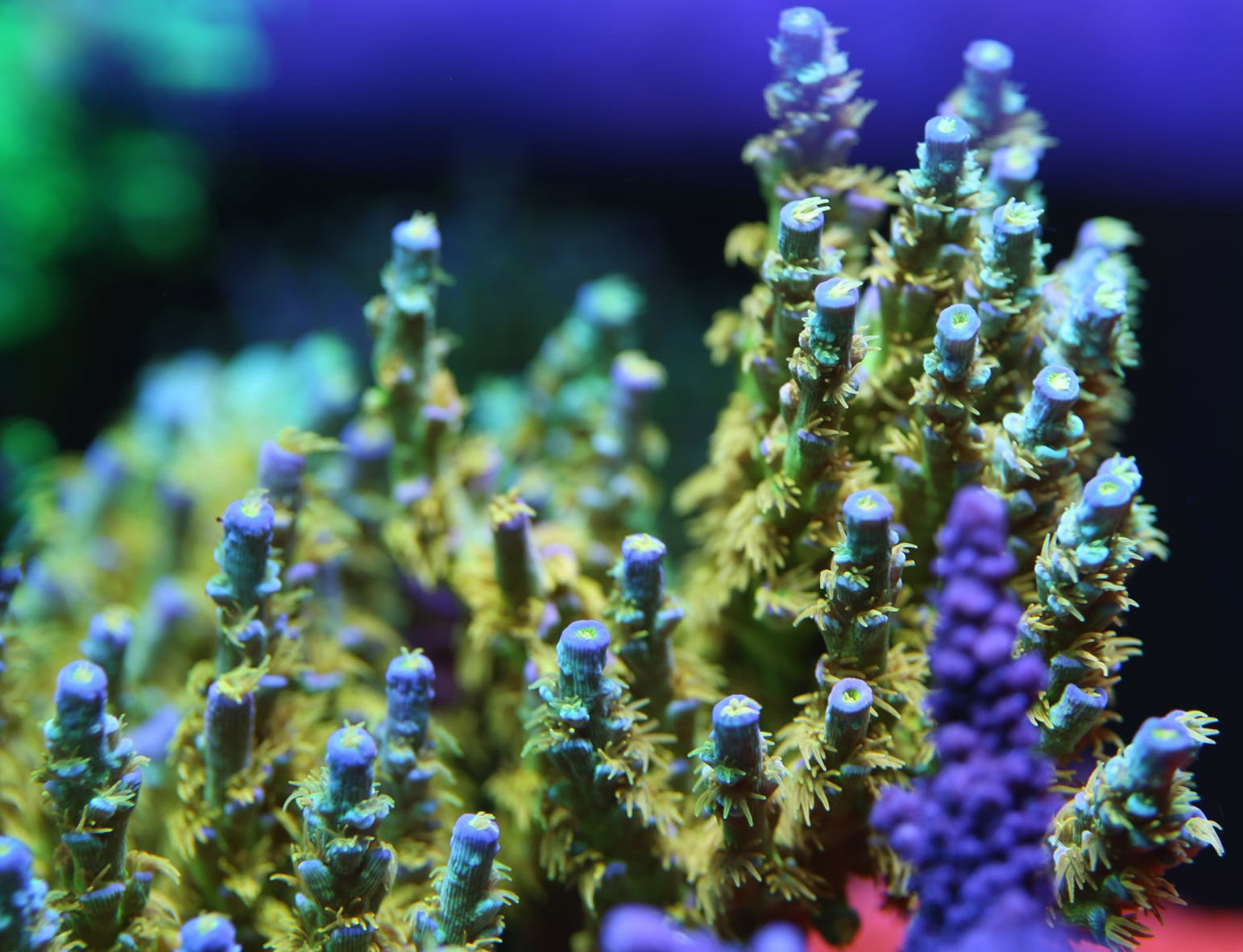
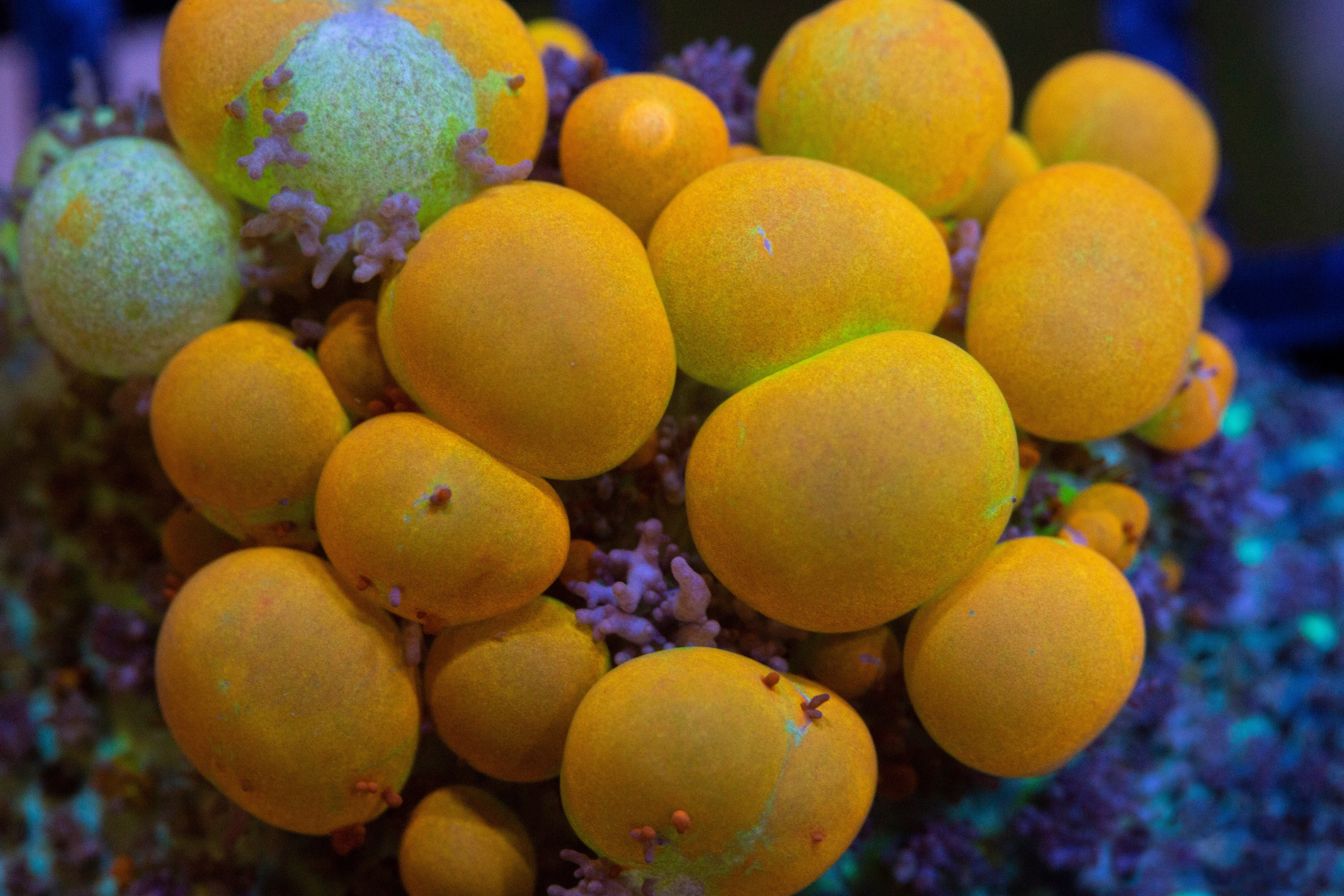
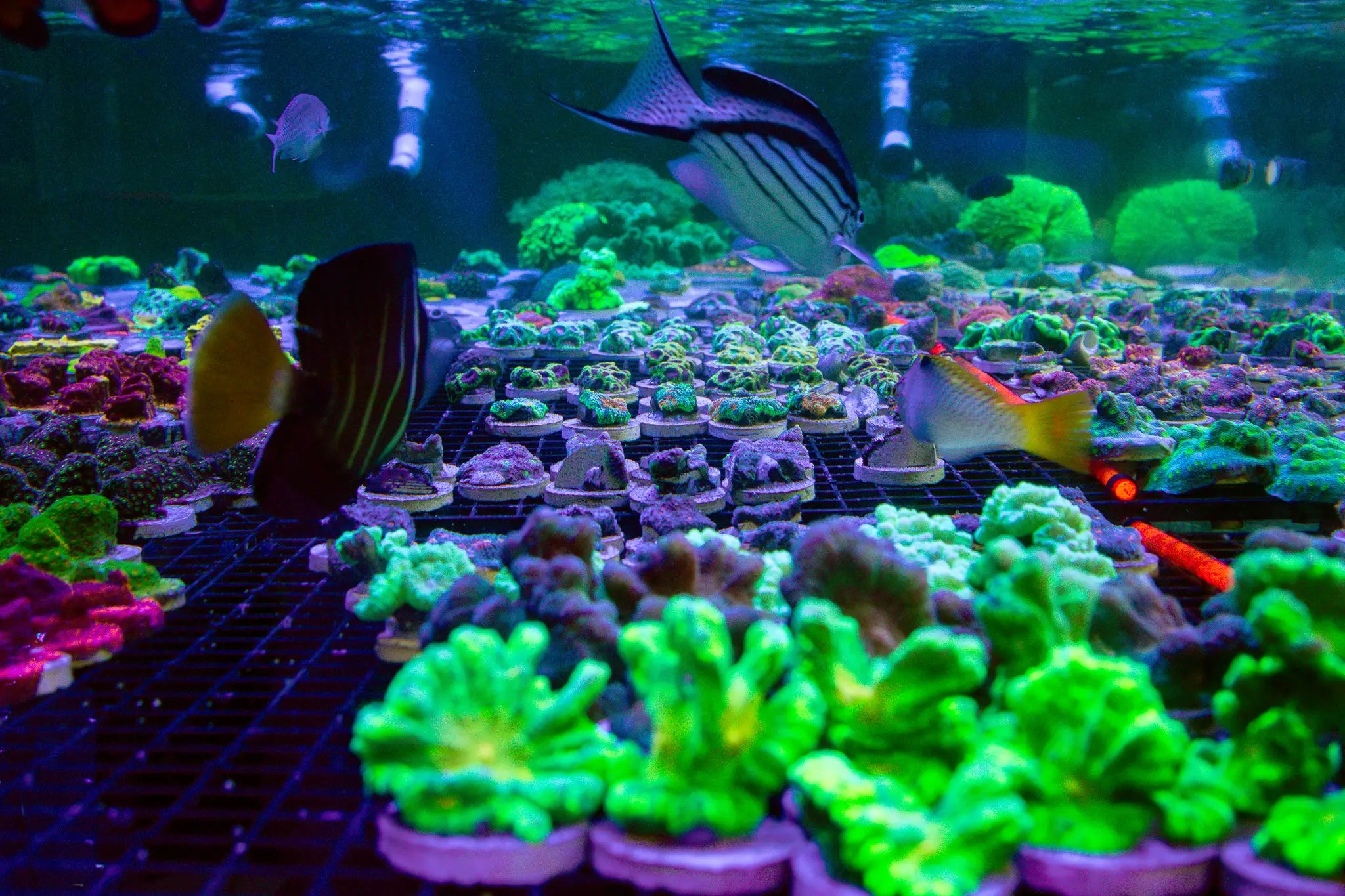

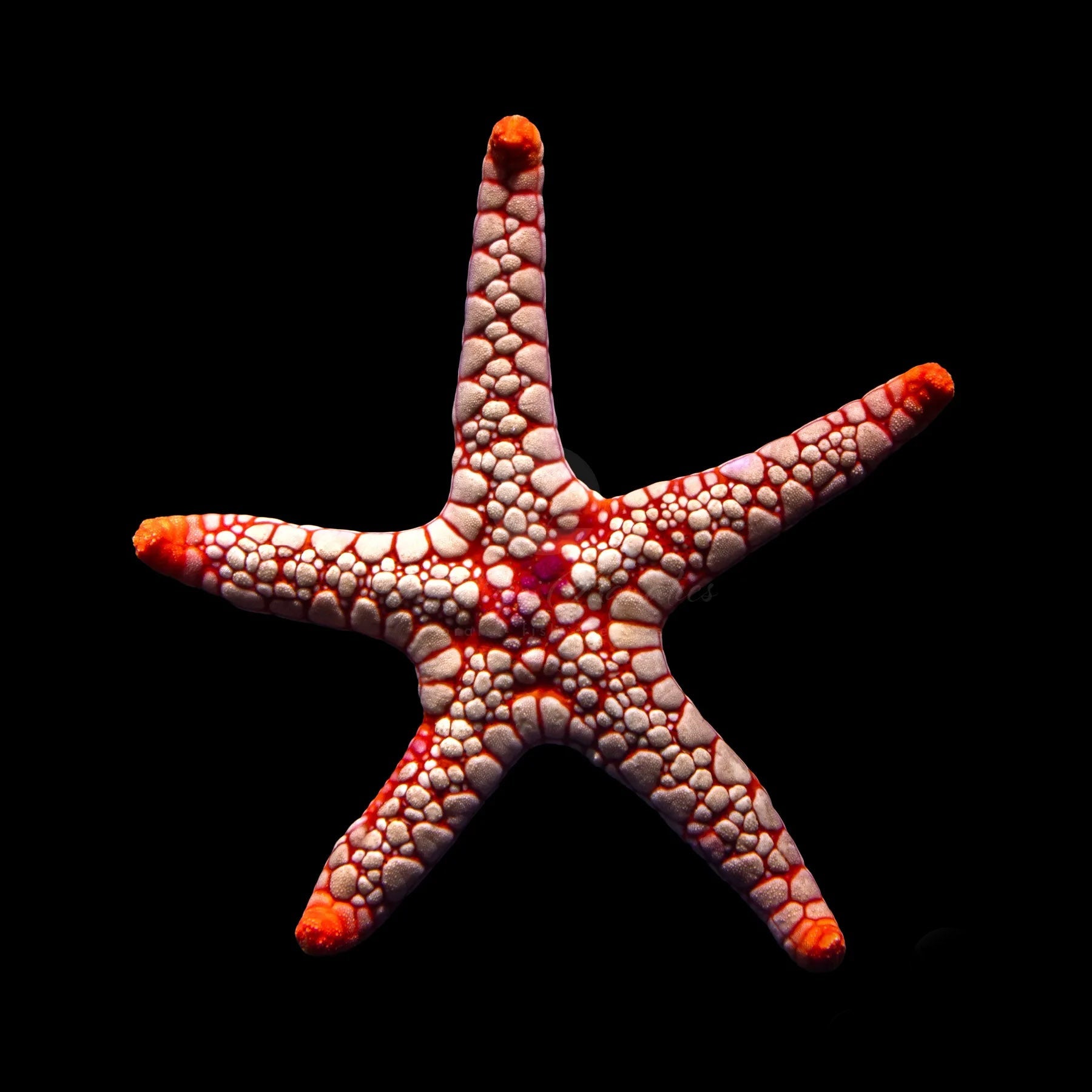
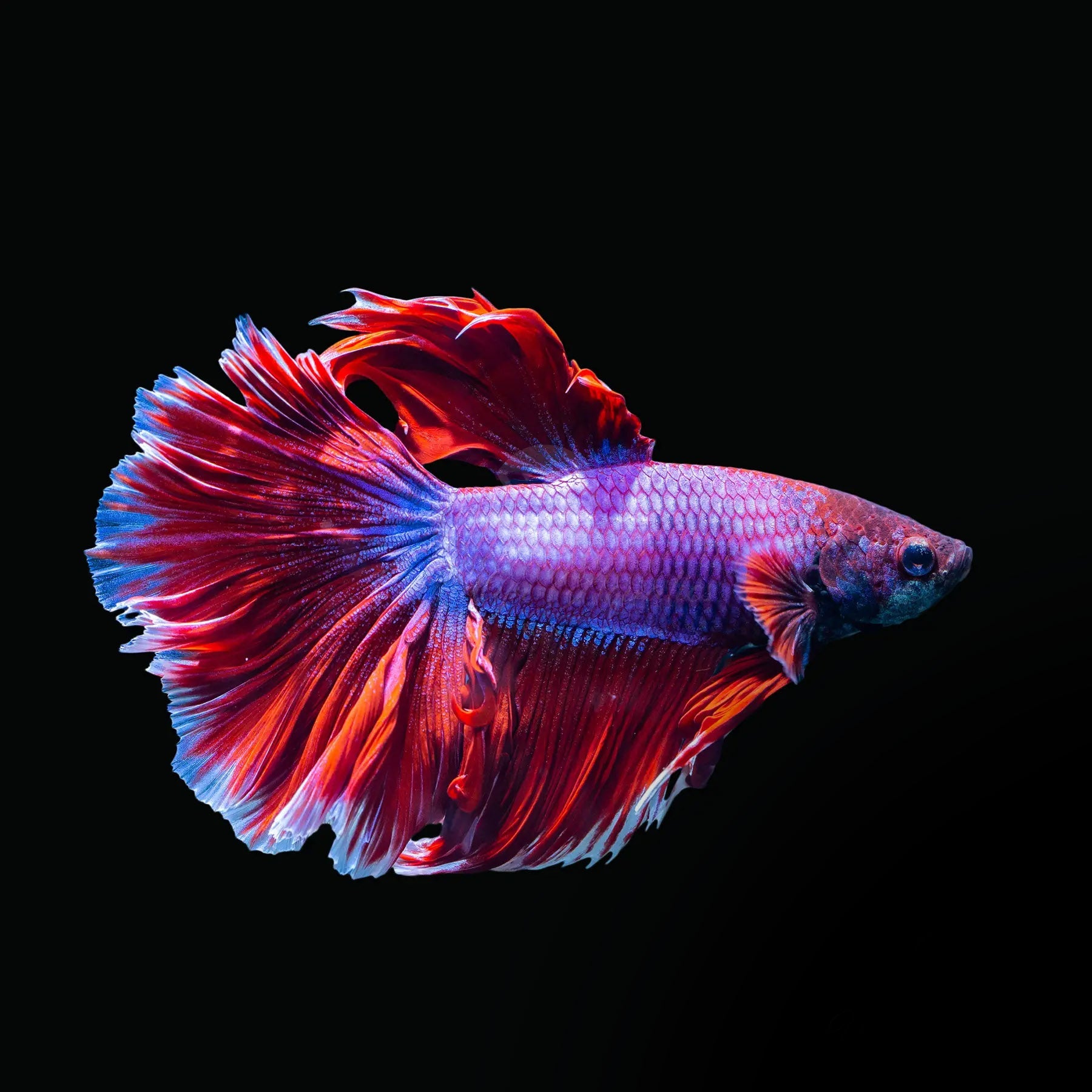
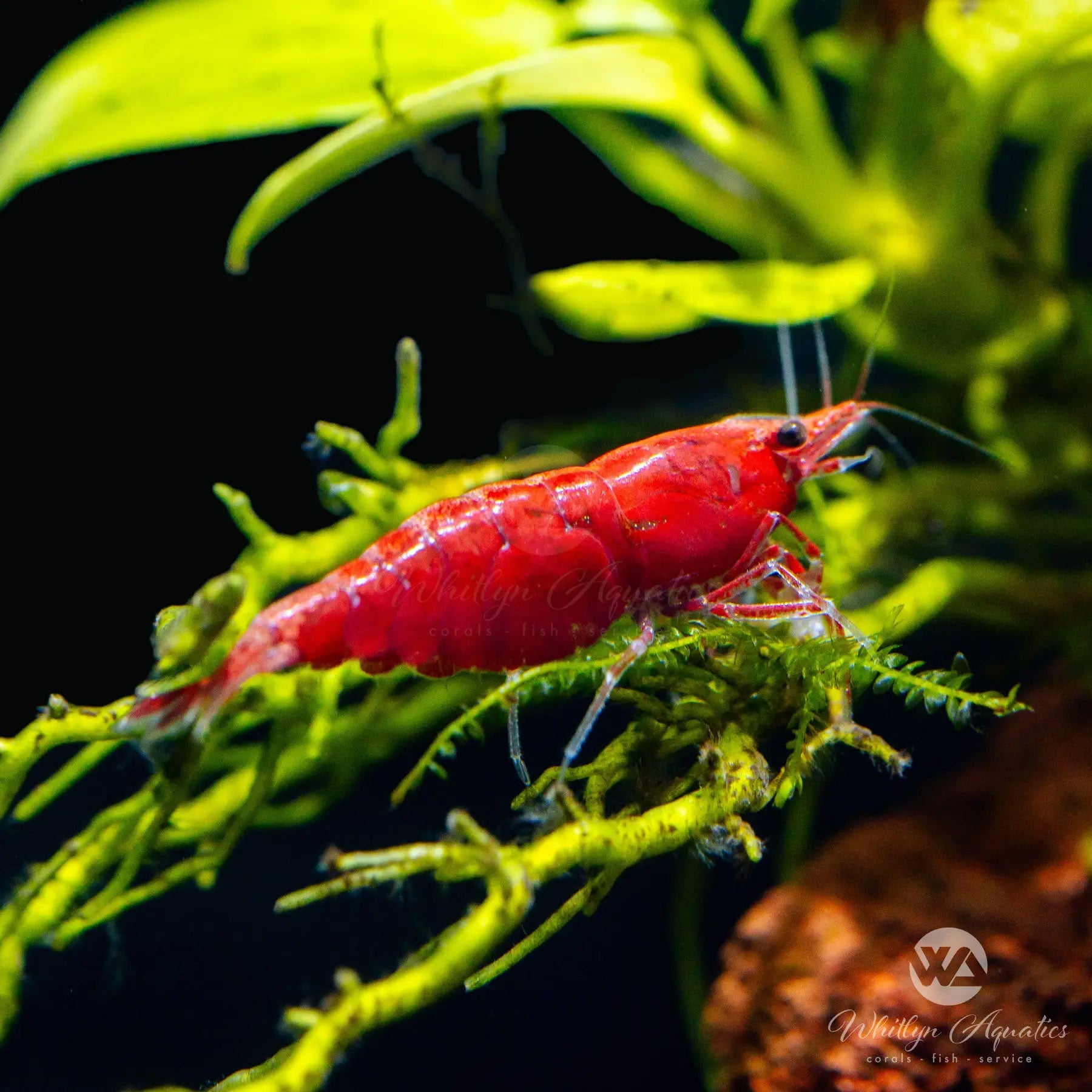
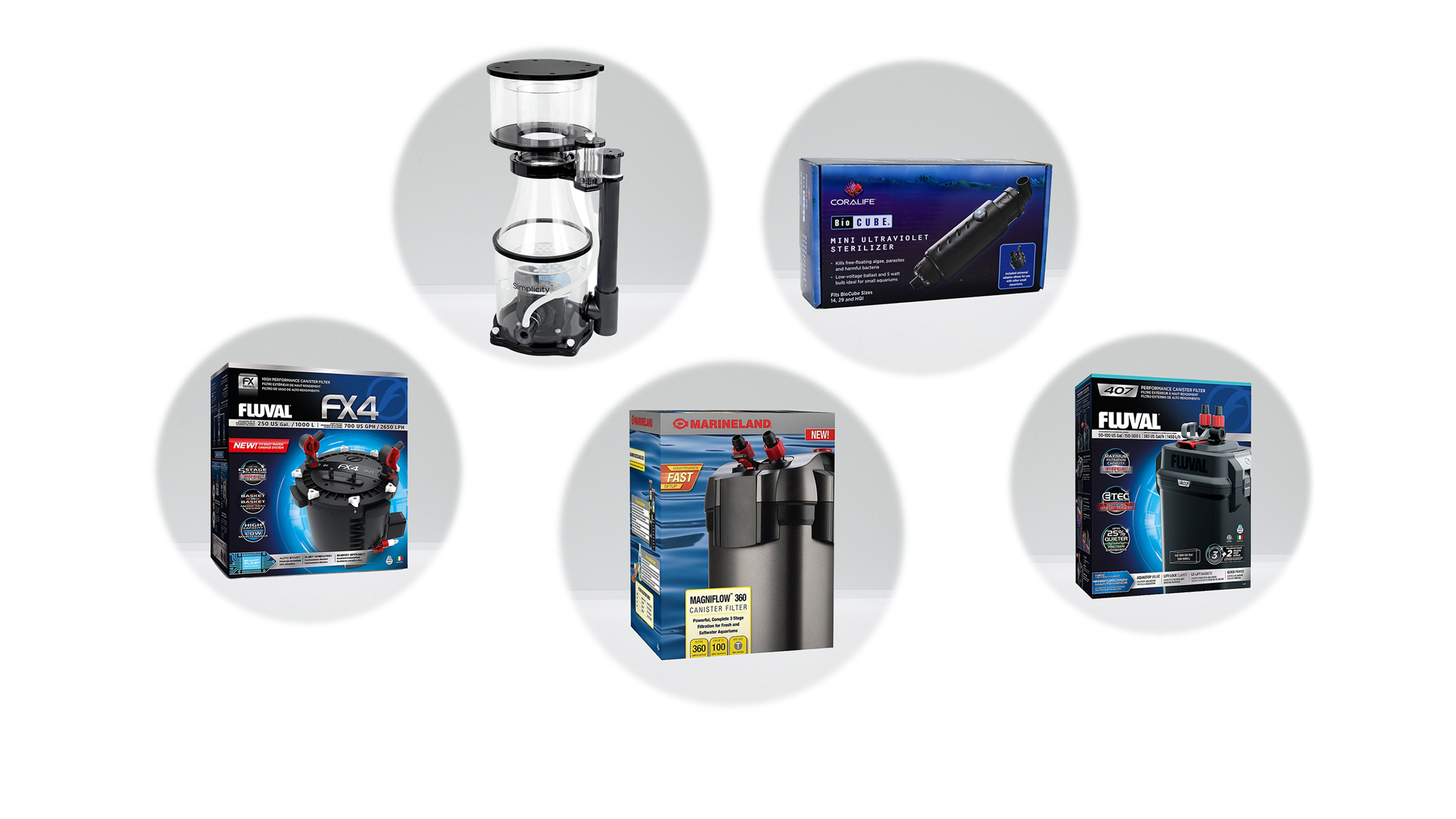
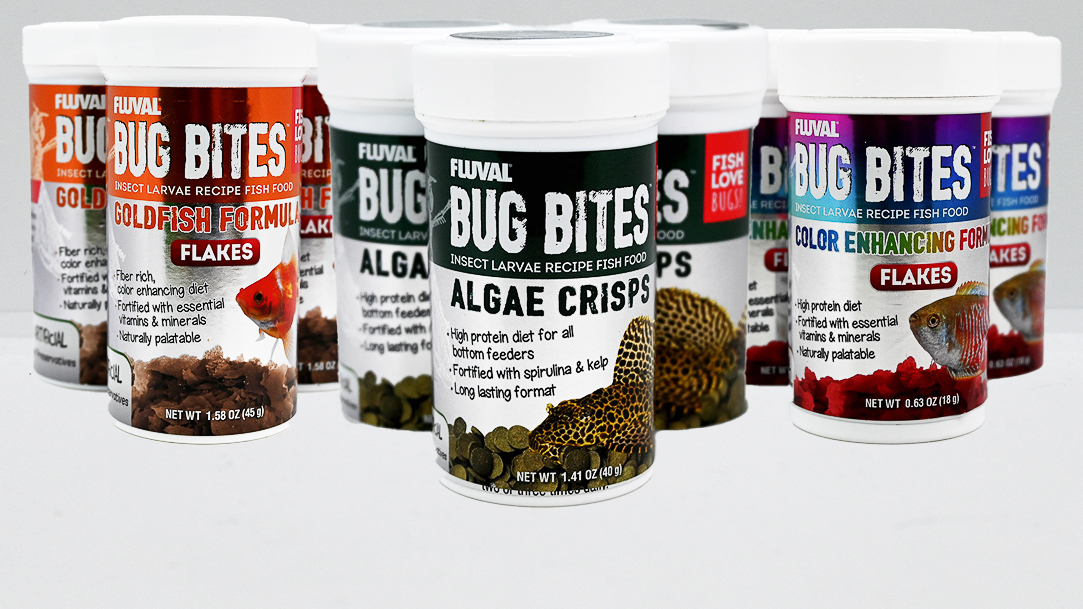
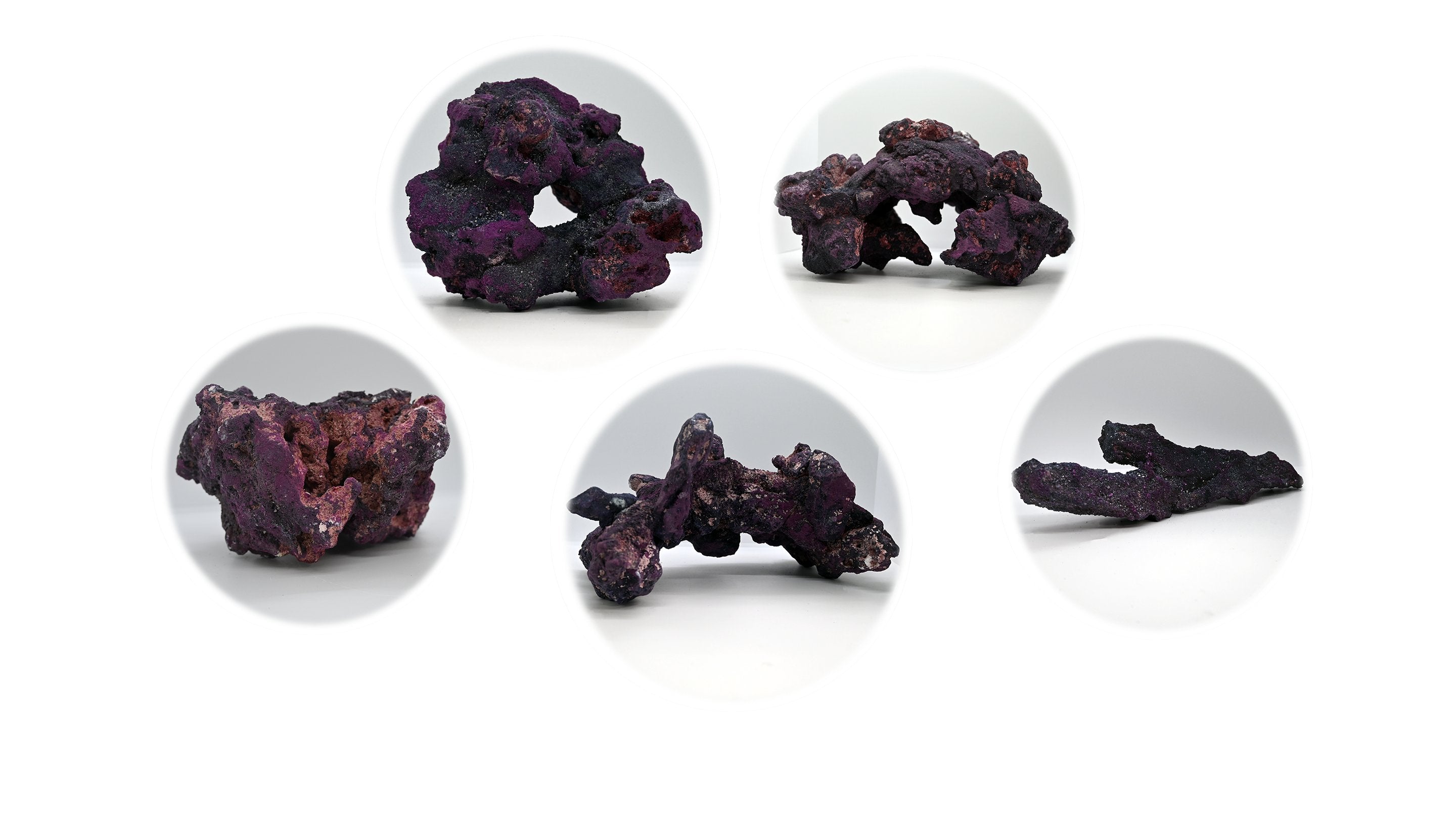
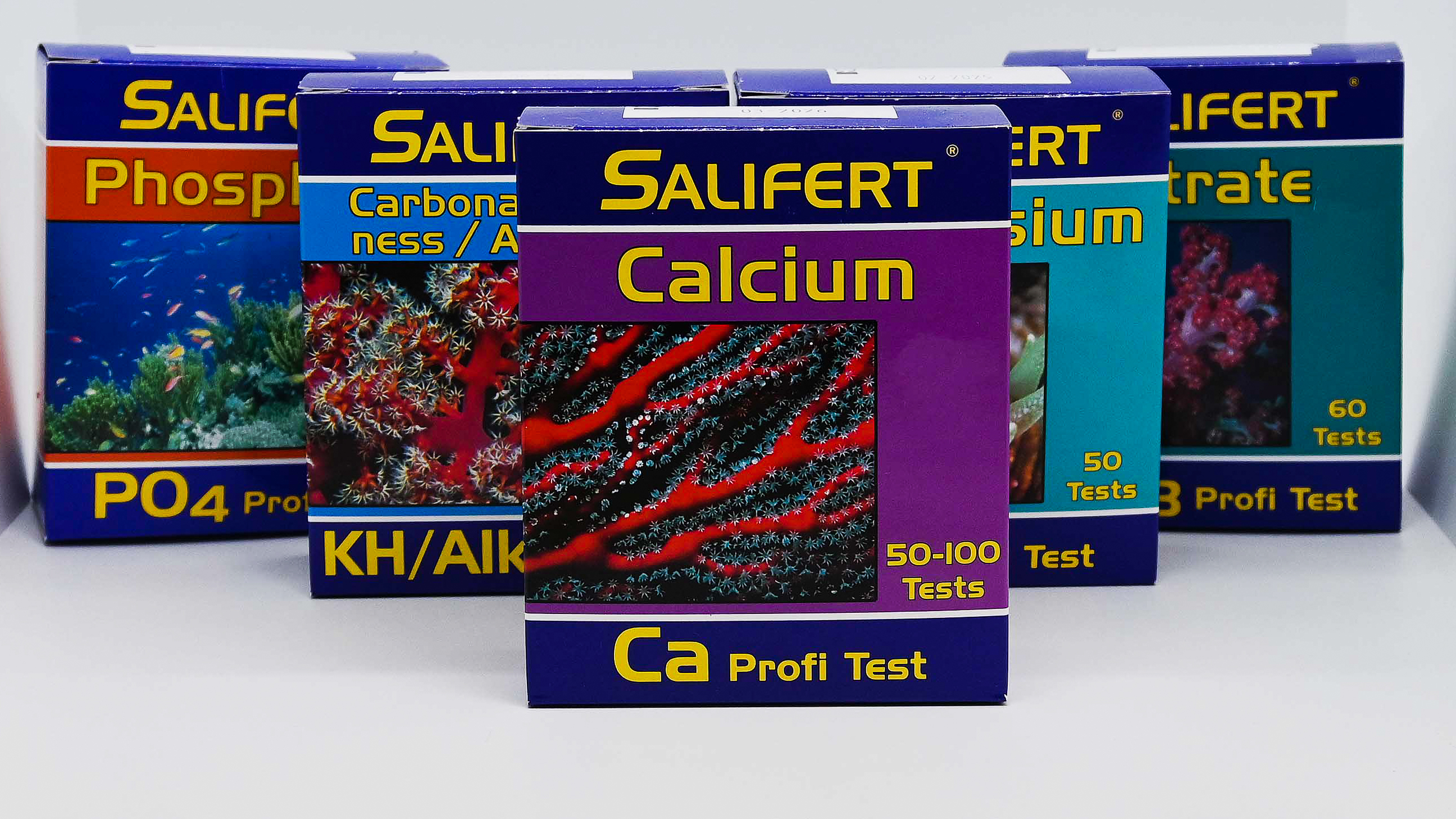
Leave a comment